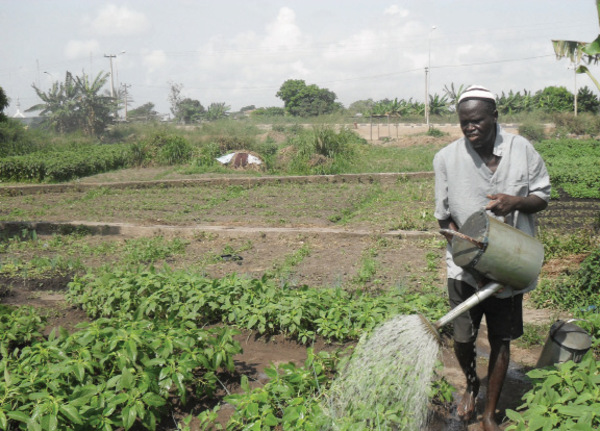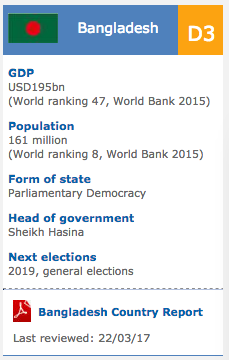Nigeria: Nigeria Agriculture Profile
2012/03/21

|
FOOD SECURITY SNAPSHOT
|
The start of the 2013 rainy season has been somewhat erratic in the North
Planting of the main maize crop was completed in May in the South under satisfactory weather conditions. In the North, which has only one rainy season, planting of coarse grains is underway. Precipitation has been irregular in parts of central and northern Nigeria, which may affect planting activities.
In 2012, heavy rains damaged crops and livestock in several parts of the country
Harvesting of the 2012 cereal crops was completed last January. Several Nigerian states have been affected by torrential rains from August through October 2012 which led to substantial flooding and resulted in considerable human casualties and damage to crops and livestock. An inter-agency assessment carried out in November 2012 in 14 most affected states estimated that about 5.7 million animals have been killed and nearly 2 million hectares of crop land (rice, sorghum, maize, cassava and yam) were lost. Rice and maize crops have been most affected.
Food prices on the increase due to civil strife and lingering effects of last year’s floods
The impact of reduced supplies from last year’s flood-affected crop is being compounded by the ongoing civil insecurity in the northern part of the country that resulted in serious disruptions in commodity movement and cross-border trade flows. As a result, coarse grains prices increased significantly over the past few months. For example in Kano, the most important city in the north of the country, maize prices have been following an upward trend since October-November 2012, and in April 2013 they were about 13 percent above last year’s level. Market disruption in northern Nigeria also led to substantial prices rises in most neighboring countries, notably in Niger and Benin.


- Nigeria News
-
- NIGERIA: The Federal Government Begs Dangote to Complete Refinery Before 2019
- BOTSWANA: Children on the move from Africa do not first aim to go to Europe, new UNICEF study shows
- BOTSWANA: WHO lauds Africa’s progress in malaria, HIV control
- ETHIOPIA: Envoy cautions Nigerians on currency declaration in Ethiopia
- SOUTH AFRICA: South African President, Jacob Zuma
- NIGERIA: Osinbajo tasks African petroleum-producing countries on reforms
- Trending Articles
-
- MONTENEGRO: Go West, VP Pence tells Balkan leaders
- KENYA: Kenya's new $3.2 billion railway frustrates customers ahead of polls
- GUINEA: Thousands protest against Guinea's Conde over election delays, insecurity
- TANZANIA: Tanzania: Searchlight Cast On Barrick ...as the Government Seeks Fair Share of Mining Sector Revenues
- ITALY: Italy seizes NGO rescue boat for allegedly aiding illegal migration
- EUROPEAN UNION: UK and EU stuck on 'philosophy' of Brexit bill






.gif?1356023993)



